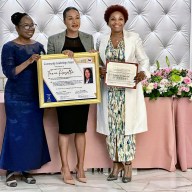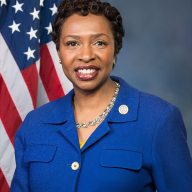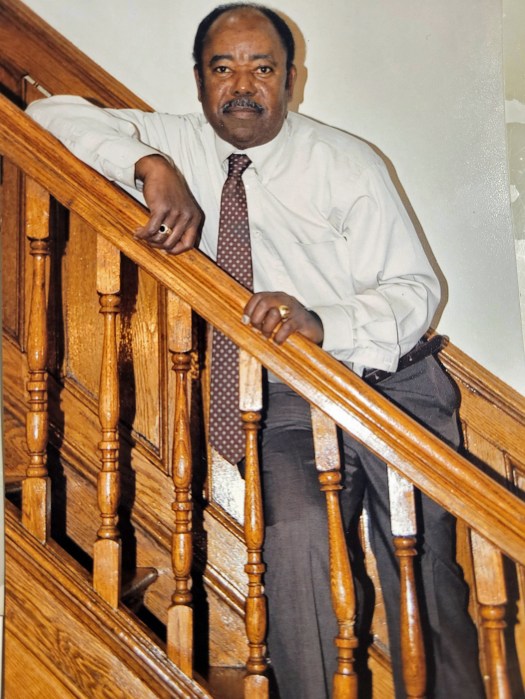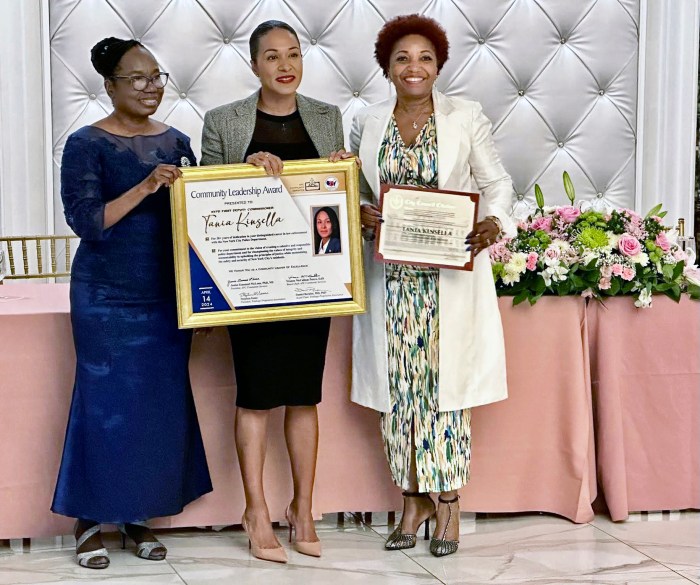It’s hard to believe that in the year 2013 nearly one quarter of the households in New York City don’t have a computer or access to the Internet. In Brooklyn more than 24 percent of the households still don’t have a computer.
“Bridging the Digital Literacy Divide,” a report prepared by my office, addresses this disturbing reality that threatens to leave many young people without the skills necessary both to succeed in school and after they graduate.
We found that 41 percent of Black and 29 percent of Hispanic households do not have a computer. It should come as no surprise that this has a negative impact on graduation rates and household income. In fact 60 percent of homes without Internet access have annual incomes lower than $30,000 and 73 percent of those households are headed by someone who did not attend college.
To address these disparities and improve student ability to use technology, the Digital Divide report offers a plan to expand computer ownership, Internet access and technology training for students and their families.
Bottom line, we must confront this digital divide to give our students the skills they need in the 21st century. In today’s digital world, computers are not luxury and technology skills are no longer optional — they’re essential.
Our report makes the following recommendations:
• Expand the CFY (Computers for Youth) program to include all middle schools where at least 75 percent of students receive free or reduced-price lunch. CFY provides families with refurbished computers, training, educational software and technical support at no cost. By improving computer skills and providing free or, at least, affordable Internet access, the program has been shown to improve academic performance and the connection between schools and families.
• Offer MOUSE (Making Opportunities for Upgrading Schools and Education) programs at every public middle and high school. MOUSE helps students gain computer critical skills. In turn those students can provide support and even make computer repairs at their schools. Because it can reduce technology costs, implementing this program could result in a net annual savings of roughly $15 million.
• Provide free computers to college-bound public high school graduates coming from low-income families. Obviously students who have a computer to use at home are far more likely to succeed. This proposal would affect an estimated 18,000 students at a cost of about $5.4 million annually.
• Require businesses that receive technology and communication grants to donate their “used-but still-useful” computers.
• Promote computer training and resources through the NYC.gov website and at government offices.
The proposals contained in the Digital Divide report can easily be paid for by reducing waste at the Department of Education. In FY 2013 the DOE budget is $20 billion, nearly a third of the entire City budget. Our Audit Bureau has consistently found ways the DOE can do more to eliminate waste and reduce spending. For example, $133 million that was set aside for universal pre-K went unused and had to be returned to the state and $80 million was spent on the glitch-prone ARIS data system which is so faulty that it is already being replaced.
There is no denying that in the 21st century all students need computer skills and access to the Internet if they hope to compete. The “Bridging the Digital Literacy Divide,” report addresses a serious problem in the city’s schools and outlines concrete measures to address that problem.
John C. Liu is the New York City comptroller.


























